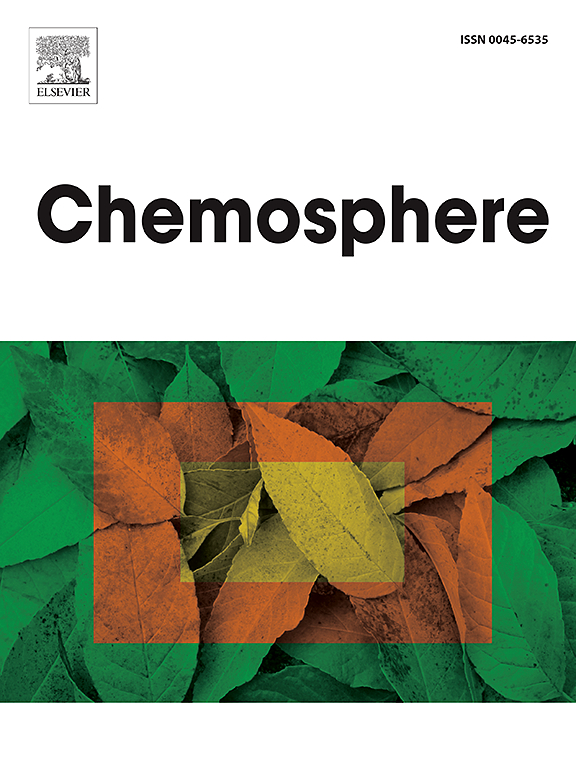Characterization of PFAS residuals: A case study on PFAS content in a firefighting foam delivery system of an aircraft rescue and firefighting vehicle
IF 8.1
2区 环境科学与生态学
Q1 ENVIRONMENTAL SCIENCES
引用次数: 0
Abstract
When fire suppression systems that held aqueous film forming foams (AFFF) are transitioned to per- and polyfluoroalkyl substance (PFAS)-free firefighting formulations, PFAS can dissolve from the wetted surfaces of the systems and release into the new firefighting formulations. The overall objective of this work was to characterize PFAS residual mass on the wetted surfaces of aircraft rescue and firefighting (ARFF) vehicle on-board fire suppression system components from the water, mixed fire water, and foam concentrate systems with various geometries, materials of construction, and locations within the fire suppression system. The ARFF vehicle components were dismantled from the system after a triple water rinse procedure which removed 19,600 mg total measured PFAS post-TOP assay from the foam concentrate system and 23 mg total measured PFAS post-TOP assay from the water system. Results for total mass of PFAS on each part indicate most of the residuals were present on parts which have large surfaces areas or the rubber or brass parts. For large surface area plastic parts (i.e., foam and water tanks), the overall mass on these parts was greater than other parts even as the PFAS residual concentrations were lower compared to other material types due to larger surface areas for accumulation. Parts constructed of rubber or brass appeared to have higher measured PFAS surface residual concentrations as compared to parts constructed of plastic or stainless steel.

PFAS残留表征:以飞机救援消防车灭火泡沫输送系统中PFAS含量为例
当含有水成膜泡沫(AFFF)的灭火系统转变为不含全氟烷基和多氟烷基物质(PFAS)的消防配方时,PFAS可以从系统的湿润表面溶解并释放到新的消防配方中。这项工作的总体目标是表征飞机救援和消防(ARFF)车辆机载灭火系统组件的湿表面上的PFAS残留质量,这些组件来自水、混合消防水和泡沫浓缩系统,具有不同的几何形状、结构材料和灭火系统内的位置。经过三次水冲洗程序后,从系统中拆卸ARFF车辆组件,从泡沫浓缩系统中去除top分析后总测量的PFAS 19,600 mg,从水系统中去除top分析后总测量的PFAS 23 mg。各部件上PFAS的总质量结果表明,大部分残留存在于表面积较大的部件或橡胶或黄铜部件上。对于大表面积的塑料部件(即泡沫塑料和水箱),尽管PFAS残留浓度比其他材料类型低,但由于积累的表面积更大,这些部件的总体质量大于其他部件。橡胶或黄铜制成的部件似乎比塑料或不锈钢制成的部件具有更高的PFAS表面残留浓度。
本文章由计算机程序翻译,如有差异,请以英文原文为准。
求助全文
约1分钟内获得全文
求助全文
来源期刊

Chemosphere
环境科学-环境科学
CiteScore
15.80
自引率
8.00%
发文量
4975
审稿时长
3.4 months
期刊介绍:
Chemosphere, being an international multidisciplinary journal, is dedicated to publishing original communications and review articles on chemicals in the environment. The scope covers a wide range of topics, including the identification, quantification, behavior, fate, toxicology, treatment, and remediation of chemicals in the bio-, hydro-, litho-, and atmosphere, ensuring the broad dissemination of research in this field.
 求助内容:
求助内容: 应助结果提醒方式:
应助结果提醒方式:


